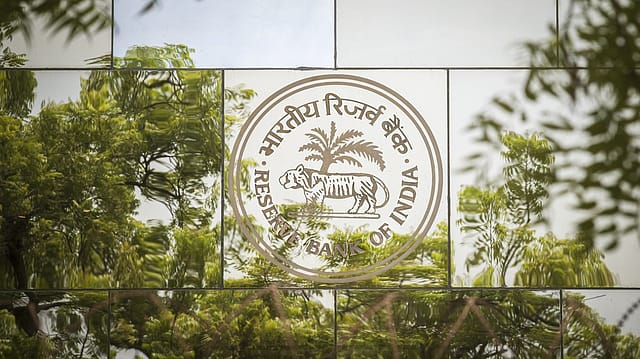RBI's digital payments index jumps 10.7% over the year, nearly 5x since 2018; here's what this means
ADVERTISEMENT

The Reserve Bank of India (RBI) on Monday, 28 July, released the latest data for its Digital Payments Index (RBI-DPI), revealing that the index rose to 493.22 in March 2025, up from 445.50 in March 2024. This represents a 10.7% year-on-year increase, indicating the country’s strong and sustained progress in digital payments adoption.
Since its base value of 100 in March 2018, the index has surged by 393.2%, reflecting a nearly fivefold rise over seven years. By March 2019, the score rose to 153.47, and by March 2020, it reached 207.84, showing strong growth in digital payments. The index is released semi-annually by the RBI to track and measure the extent of digitisation of payments across India.
The RBI-DPI is based on five main factors: Payment enablers (25%), Demand-side infrastructure (10%), Supply-side infrastructure (15%), Payment performance (45%), and Consumer centricity (5%). Each of these factors includes smaller sub-factors with measurable indicators.
One of the reasons is UPI payments. It has transformed digital payments in India with seamless transactions. With new innovative features like UPI Lite and credit-on-UPI, its presence has reached across every corner of the country and now reaching globally. In FY25, it processed 185.8 billion transactions worth ₹261 lakh crore, a 41% rise. Now handling 48.5% of global real-time payments, UPI’s dominance is strong that older systems present across the world.
December 2025
The annual Fortune 500 India list, the definitive compendium of corporate performance, is out. This year, the cumulative revenue of the Fortune 500 India companies has breached $2 trillion for the first time. Plus, find out which are the Best B-schools in India.
Akash Sinha, CEO & Co-founder, Cashfree Payments, said, “This milestone is a powerful testament to what’s possible when technology is built with purpose and scaled with intent. Facilitating over 65,000 crore digital transactions worth ₹12,000 lakh crore in just six years reflects India’s extraordinary digital leap, but it also underscores how much more can be done. We have only scratched the surface."
"This wave of financial inclusion has brought Tier 2 and Tier 3 cities onto the digital highways, unlocking unprecedented access and potential for millions of small businesses. The real opportunity now lies in deepening digital trust by making the ecosystem fraud-proof, expanding access to financial tools for underserved MSMEs, and enabling a truly borderless, interoperable payments infrastructure." Sinha said.
Echoing similar views, Dilip Modi, Founder & CEO of Spice Money, said, "What is especially encouraging is that this growth is not confined to metros, it is reaching tier 2, 3, and rural areas, powered by targeted initiatives like the Payments Infrastructure Development Fund and collaborative efforts across government, RBI, NPCI, fintechs, and banks."
